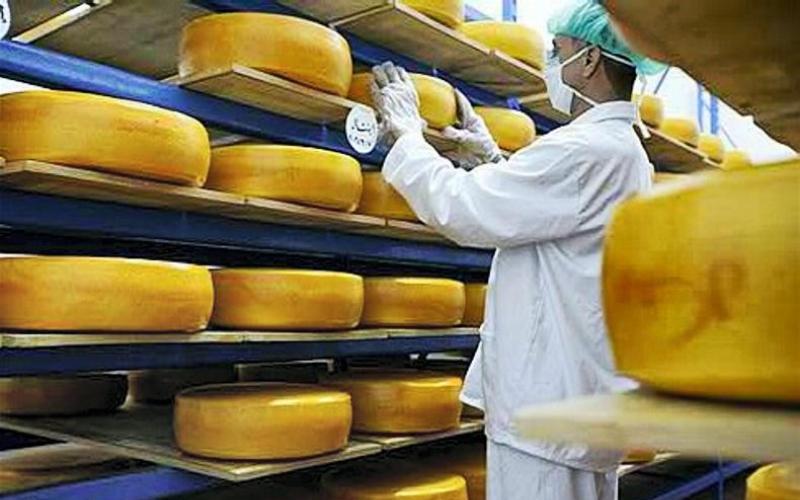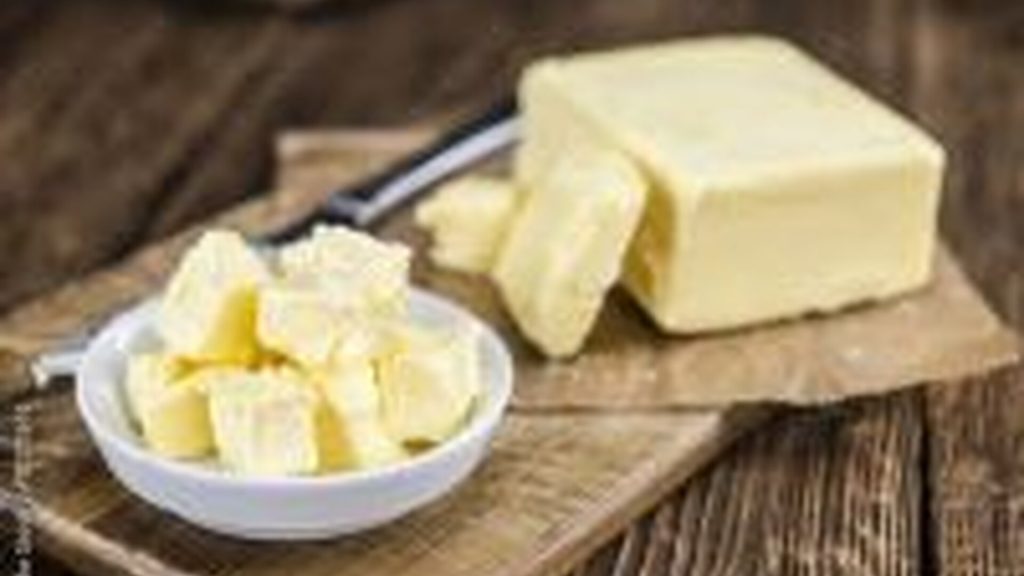Cheese Prices Surge, But Is The Rally Already Over?

Cheese prices break $1.70, boosting nearby milk futures, but the slide in 2026 contracts signals future uncertainty.
The recent surge in cheese prices has been a topic of close scrutiny among market watchers. Breaking the crucial $1.70 per pound mark, cheese prices are infusing optimism into milk futures contracts for the coming months. This rally represents a strong signal for the dairy sector, with nearby Class III futures experiencing significant boosts as September contracts rose by more than 40 cents from the week’s low.
However, while short-term cheese markets are thriving, 2026 futures contracts do not paint the same rosy picture. They have dipped, with January to June contracts falling six cents to a low of $17.78 per hundredweight, showing the lowest levels since April. This trend underlines the mixed sentiments within the dairy industry, with concerns about the longer-term outlook.
Market Highlights:
- CME cheese markets saw a resurgence over $1.70 per pound, with spot blocks closing at $1.7050 per pound and barrels at $1.7100 per pound.
- The butter market faced a slight downturn to $2.4450 per pound, while spot dry whey prices rallied up to $0.5500 per pound.
- Latest labor statistics indicate a soft job market, with only 73,000 new jobs added in July, and unemployment rising to 4.2%.
The dichotomy in cheese price trends between various futures contracts and spot markets captures the existing uncertainty within the dairy industry as it navigates the fluctuating economic landscape.


